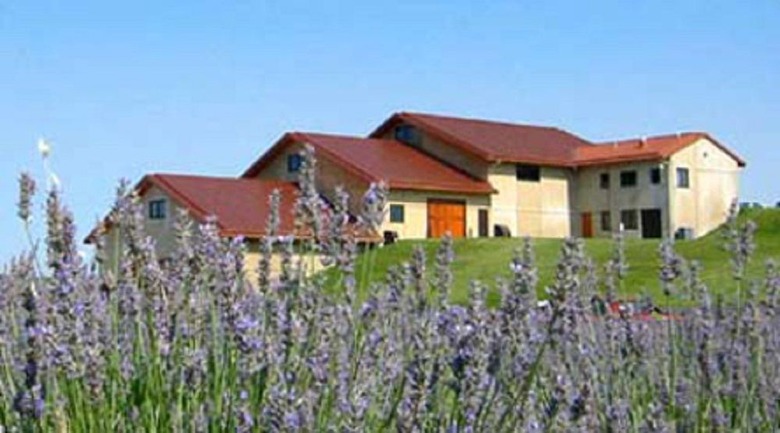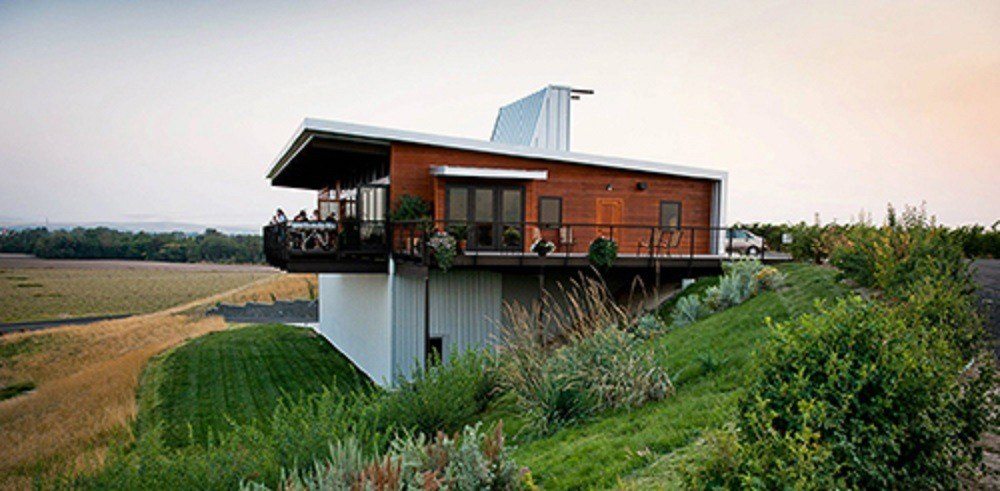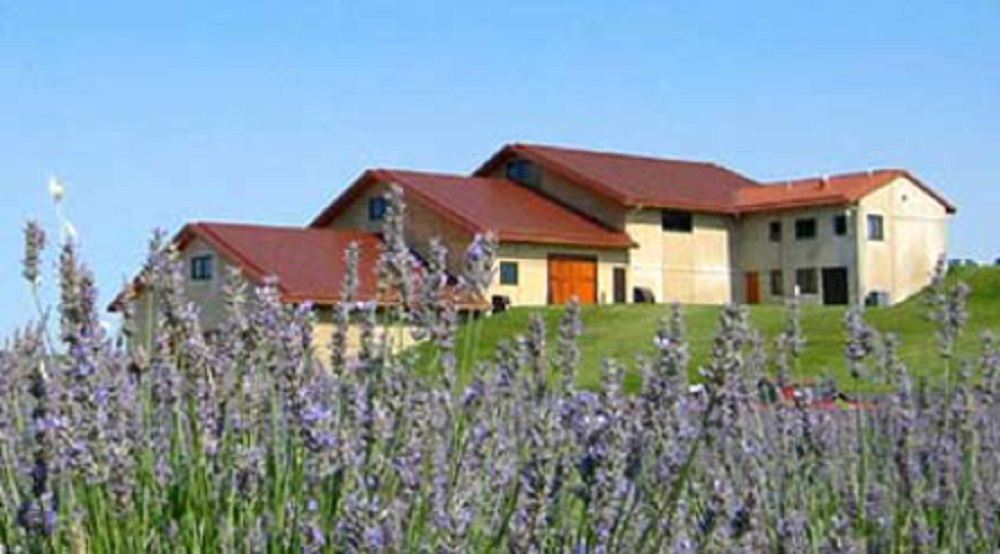Winning Walla Walla Wines
An oasis amid the vast sagebrush desert that rolls across much of America's northwest interior, Walla Walla's longstanding appeal to those seeking a better life ranging from Native tribes and French fur trappers to farmers and vintners is most notably evident in the literal translation of its name, "many waters." The Walla Walla Valley's rivers and aquifers that have fed the region's agricultural bounty for generations now also provide perfect growing conditions for more than 100 wineries that source grapes from nearly 2,000 acres of local vineyard plots.
In addition to water, Walla Walla, like other distinctive wine regions, is shaped by the extremes of a unique topography and terroir. The wine-growing appellation straddles state lines — with two-thirds of it in Washington State and the other third in Oregon — and elevations range from 400 to 2,000 feet above sea level. Similarly, annual rainfall triples from a sparse seven inches at the western end of the valley to a lush 22 inches among the Blue Mountains' foothills to the east.
A unique mosaic of soils carpeting the appellation can be roughly divided into four major categories. At the lowest elevations, dark basalt river gravel stones blanket fields absorbing the sun's warmth by day and then releasing it into well-drained, iron-rich soils at night. Fine, wind-blown silt called loess is the next type that extends two to four feet deep in areas below 1,100 feet in elevation. Beneath the loess are coarser layers of sand and gravel deposited by glacial floods that swept through the region about 15,000 years ago.
In the uplands above 1,100 feet, fine powdery dirt that's more than eight to 10 feet deep constitutes Walla Walla's third soil type. Vines planted here send their roots far below producing grapes with pure, bright aromatics and flavors. The final soil category mostly found on steep, southwest-facing hillsides consists of several inches of very fine, wind-blown soil over ancient volcanic bedrock.
Here's a taste of what you can expect from two signature Walla Walla wineries that have capitalized on these unique growing conditions:
Amavi Cellar
Amavi Cellars' name signifies love (amor) and life (vita), and it shows in their wines made from 100 percent estate-certified sustainable Walla Walla Valley grapes. Located in the heart of Walla Walla wine country, their winery and tasting room offers sweeping views of surrounding Pepper Bridge Vineyard while Blue Mountains loom in the distance. The following varietals are a great example of Amavi's dedication to producing wines that showcase the region's distinct personality.
2015 Semillon: The 2015 growing season marked the latest in a trend of being the warmest on record with the last week of June experiencing the highest temperatures. Record-breaking heat yielded to cooler days and nights, just in time for veraison, allowing grapes to ideally develop a richly structured character. Actually a blend of 88 percent sémillon and 12 percent sauvignon blanc, you get decisive mango on the nose and palate with a fruitiness that's far from overly cloying thanks to aging in 100 percent neutral French oak. A uniquely aromatic bouquet is balanced by more bracing stone fruit providing a refreshing monster flavor experience. While brightly acidic, the mouth feel is surprisingly silky.
2013 Syrah: A temperate spring for this year yielded a typical mid-April bud break. Warm summer days continued into fall combined with cool nights setting conditions just right for developing Walla Walla's trademark acidity. This vintage is beautifully structured, ripe, and expressive with peppery dry piney-ness poking through on the palate. Clarity on the first sip with complexity building thanks to brambleberry figuring prominently on the mouth feel along with complex tannins and a lengthy finish. A touch (4 percent) of grenache kicks in some berry and plum notes while aging in 86 percent neutral and 14 percent new oak barrels defines its elegant finish.
Pepper Bridge
Being one of the first wineries established in the valley, Pepper Bridge Winery best exemplifies Walla Walla's pioneering spirit. Currently owned and operated by the McKibbens, Goffs, and Pellets, these three families that have made big investments in wine making technology and vineyard management at Pepper Bridge over the last 20 years. They have also led the region into the distinguished category of world class wine production. The following wines superbly demonstrate Pepper Bridge's core principles of crafting elegant yet balanced estate wines.
2013 Cabernet Sauvignon: Despite the straightforward labeling, this here is a super blend of 83 percent cabernet sauvignon, 9 percent merlot, 4 percent malbec, 2 percent cabernet franc, and 2 percent petit verdot. Deliciously pure and supple, this vintage is made with certified sustainable and Salmon Safe vineyard practices. Rich sweet fruit displays prominently across the palate. Mellow tannins and oak aging for 19 months in roughly equal proportions of new and neutral barrels moderate it just enough to maintain a kick to the palate. An indulgent peppery punchy mouth feel is layered with currant, chocolate, and hints of tobacco.
2013 Trine: The word "trine" is defined as a close group of three, and in this case pays homage to the McKibbens, Goffs, and Pellets. Winemaker Jean-François Pellet let loose with his creativity on this vintage in a creative blend of Bordeaux's traditional five red grapes (37 percent cabernet sauvignon, 34 percent cabernet franc, 15 percent merlot, 9 percent malbec and 5 percent petit verdot) rather than being locked into a varietal-specific purgatory. Zingy berry pokes through with a slight salinity on the palate. Bold yet sophisticated in exerting its complexity, this wine is centered on a rich core of ripe Bing cherry, dried herbs, and rose petal showcasing the magic of cabernet franc as its primary component. Sipping this one rewards you with elegant balance and a long satisfying finish.
Photos courtesy of Walla Walla Valley Wine Alliance, Amavi Cellars, Pepper Bridge Winery, & Steve Mirsky. Coverage made possible by participating in a sponsored tasting.



